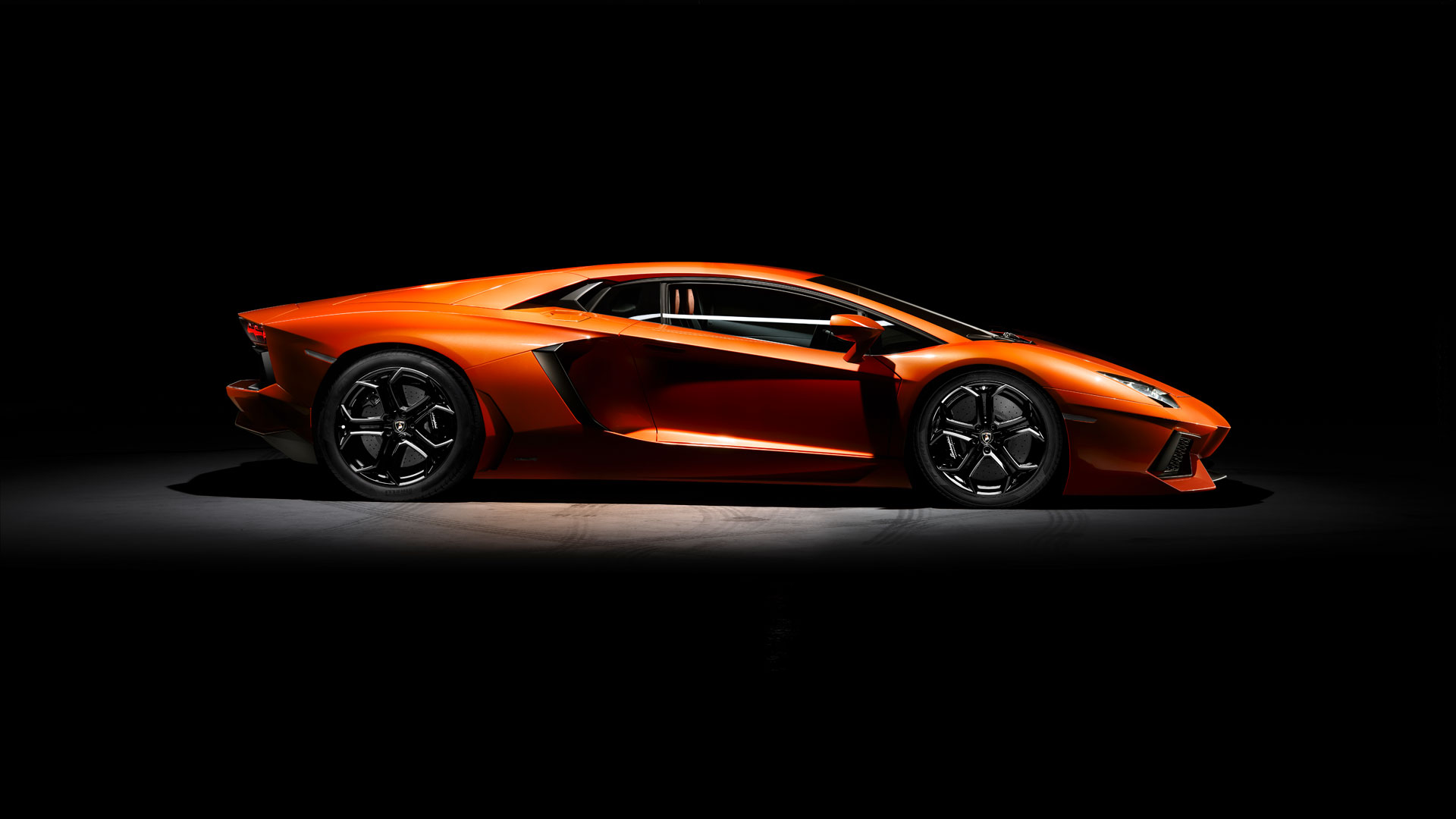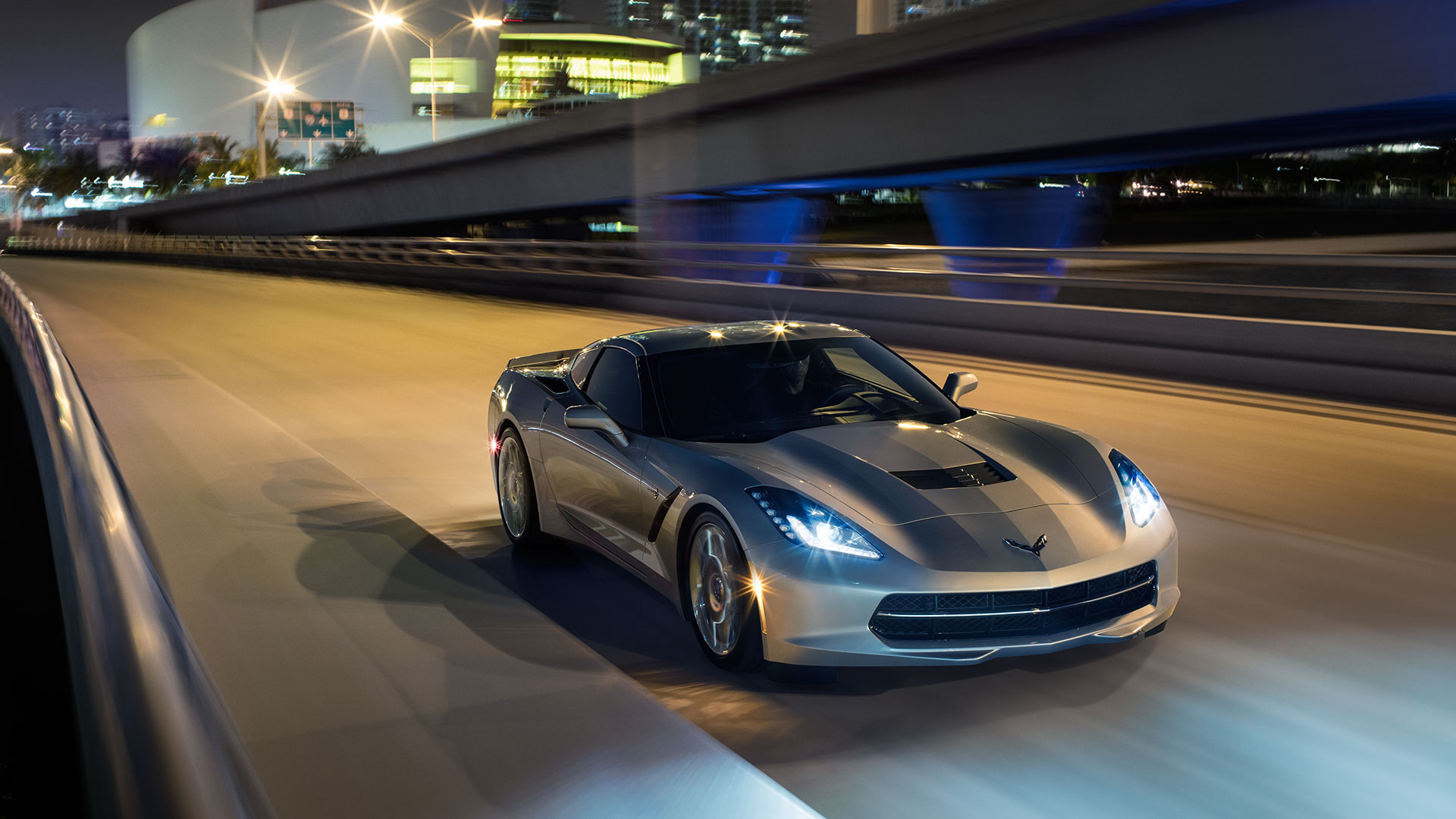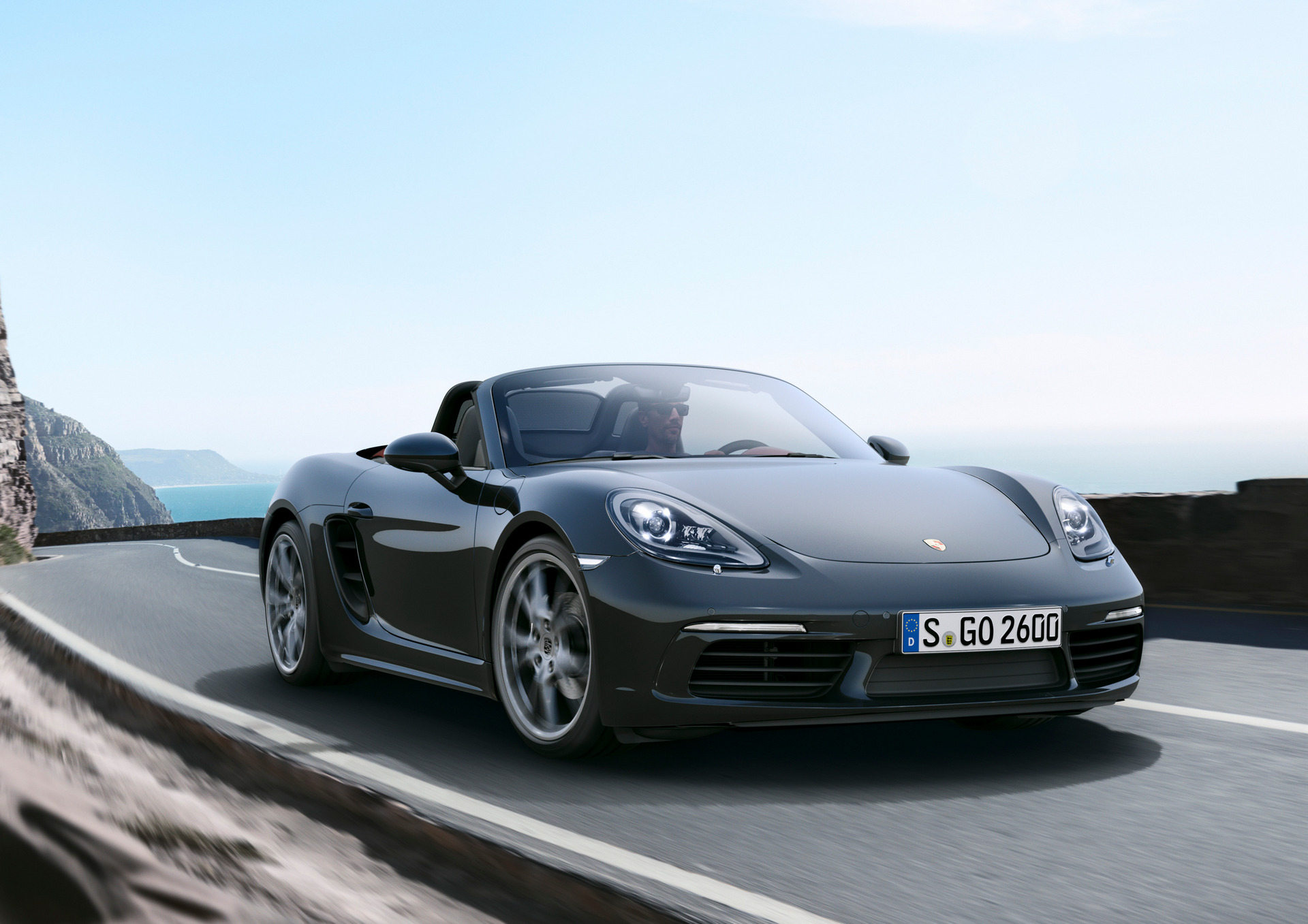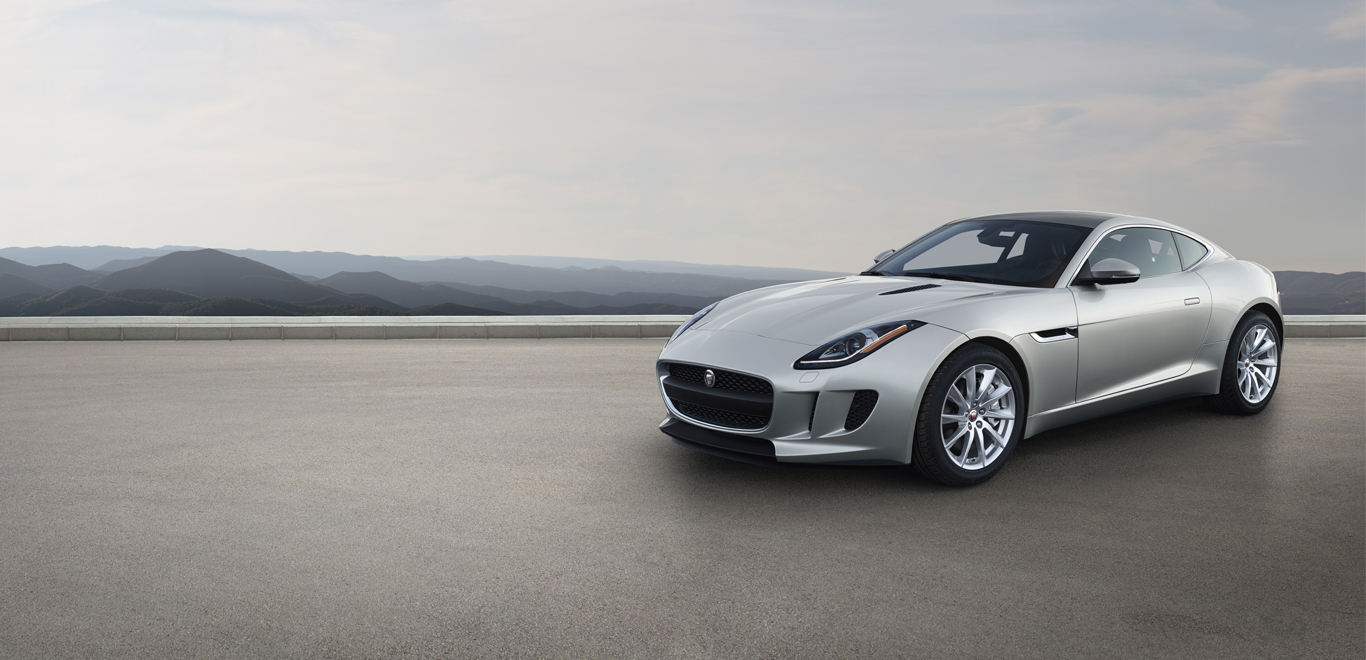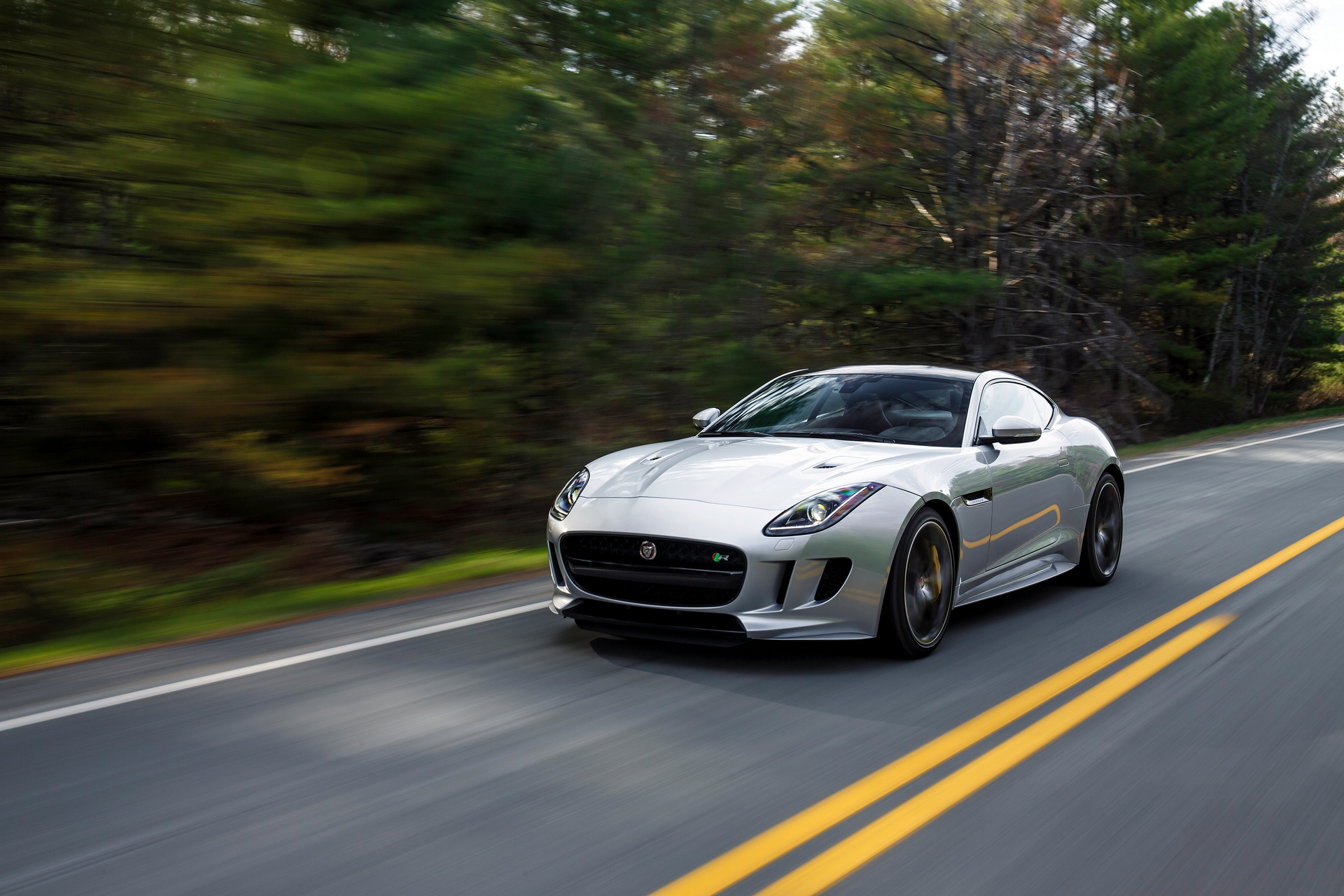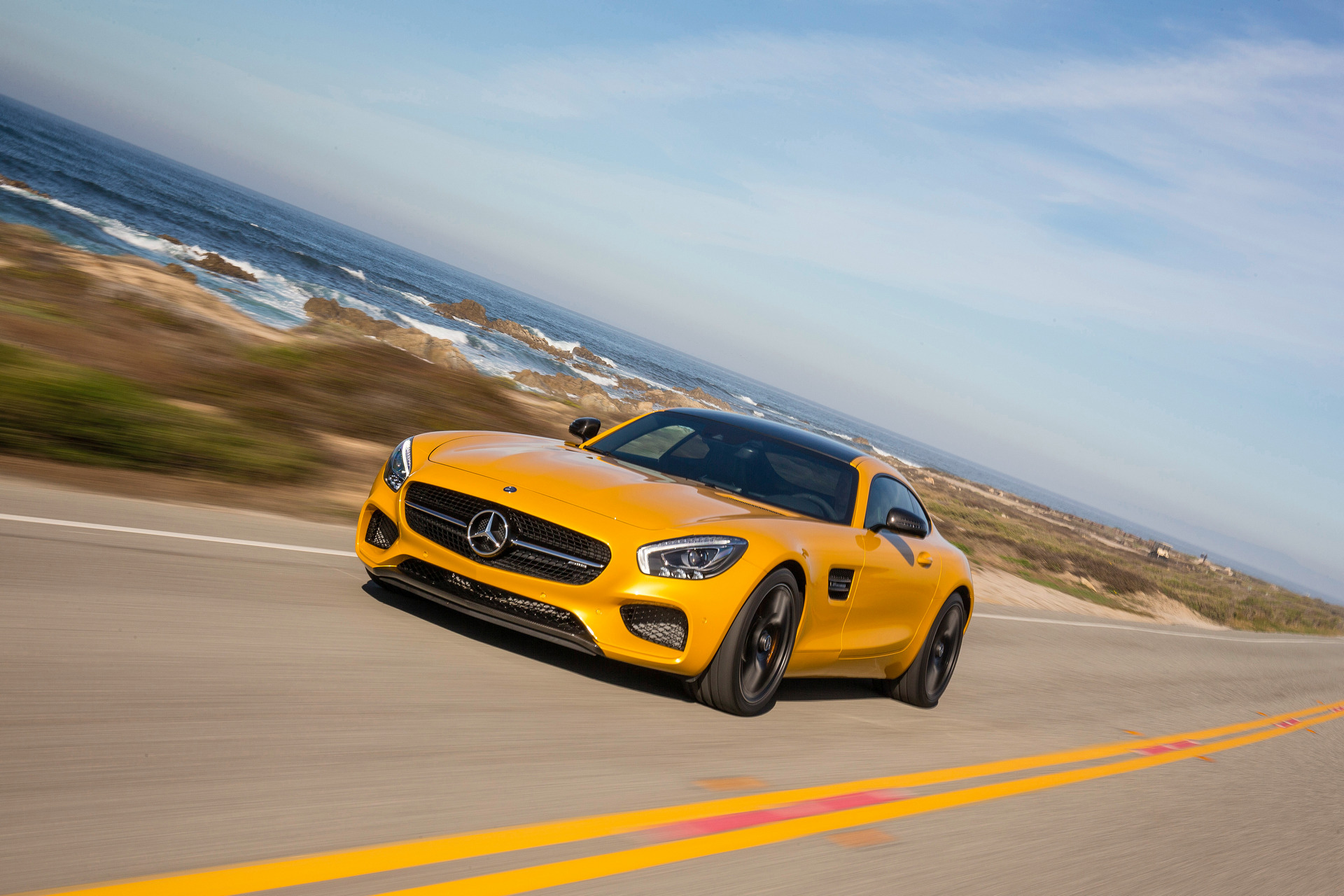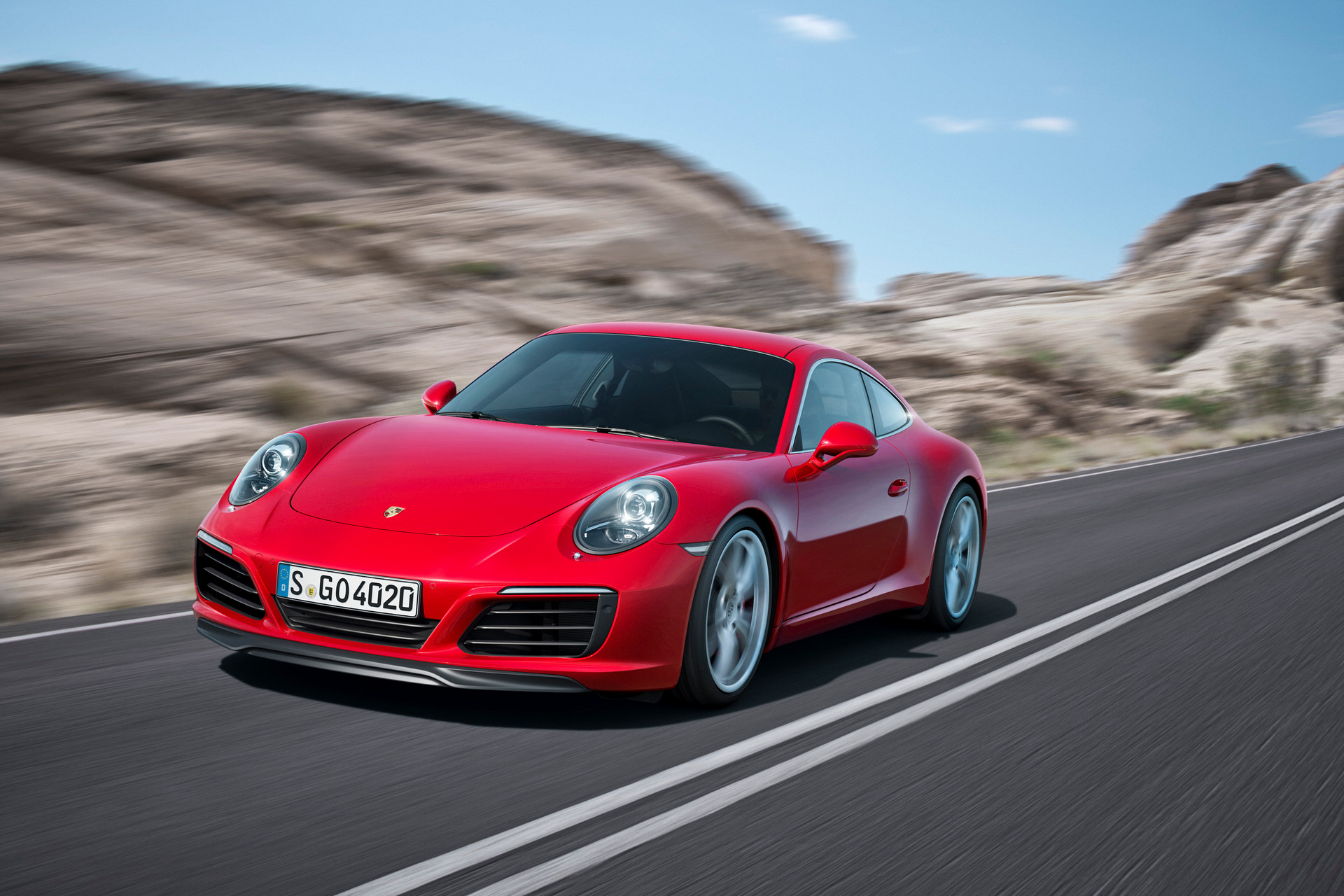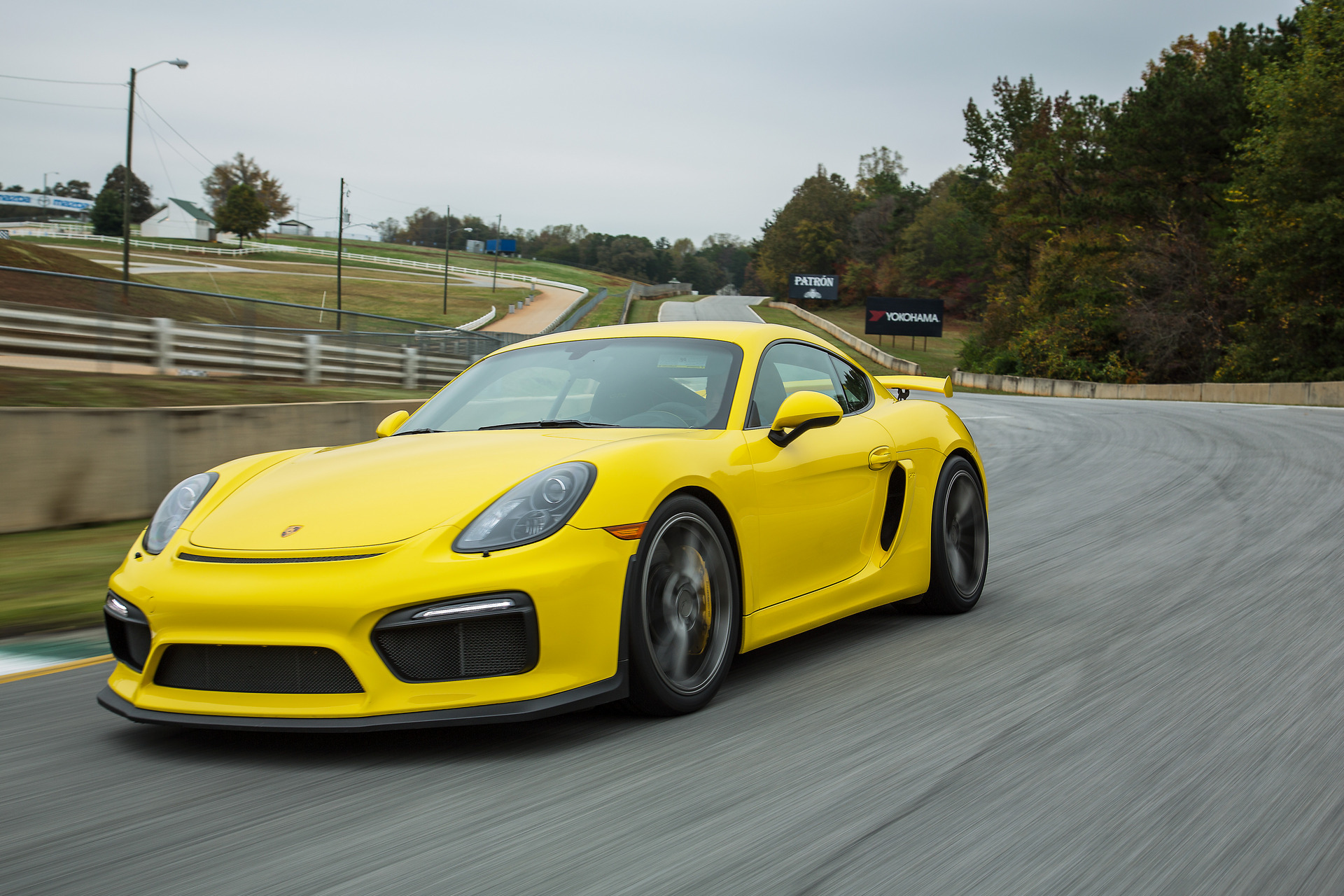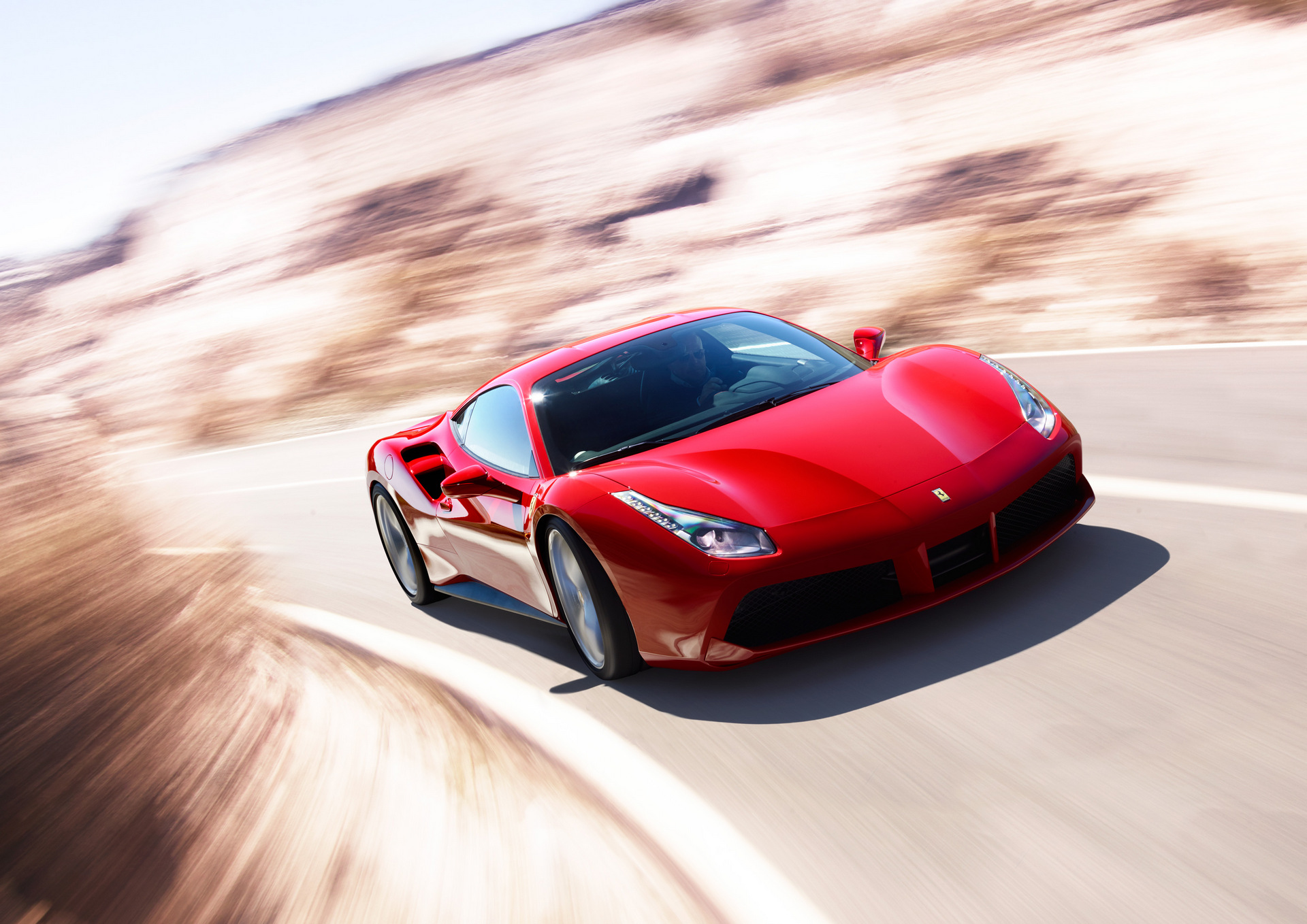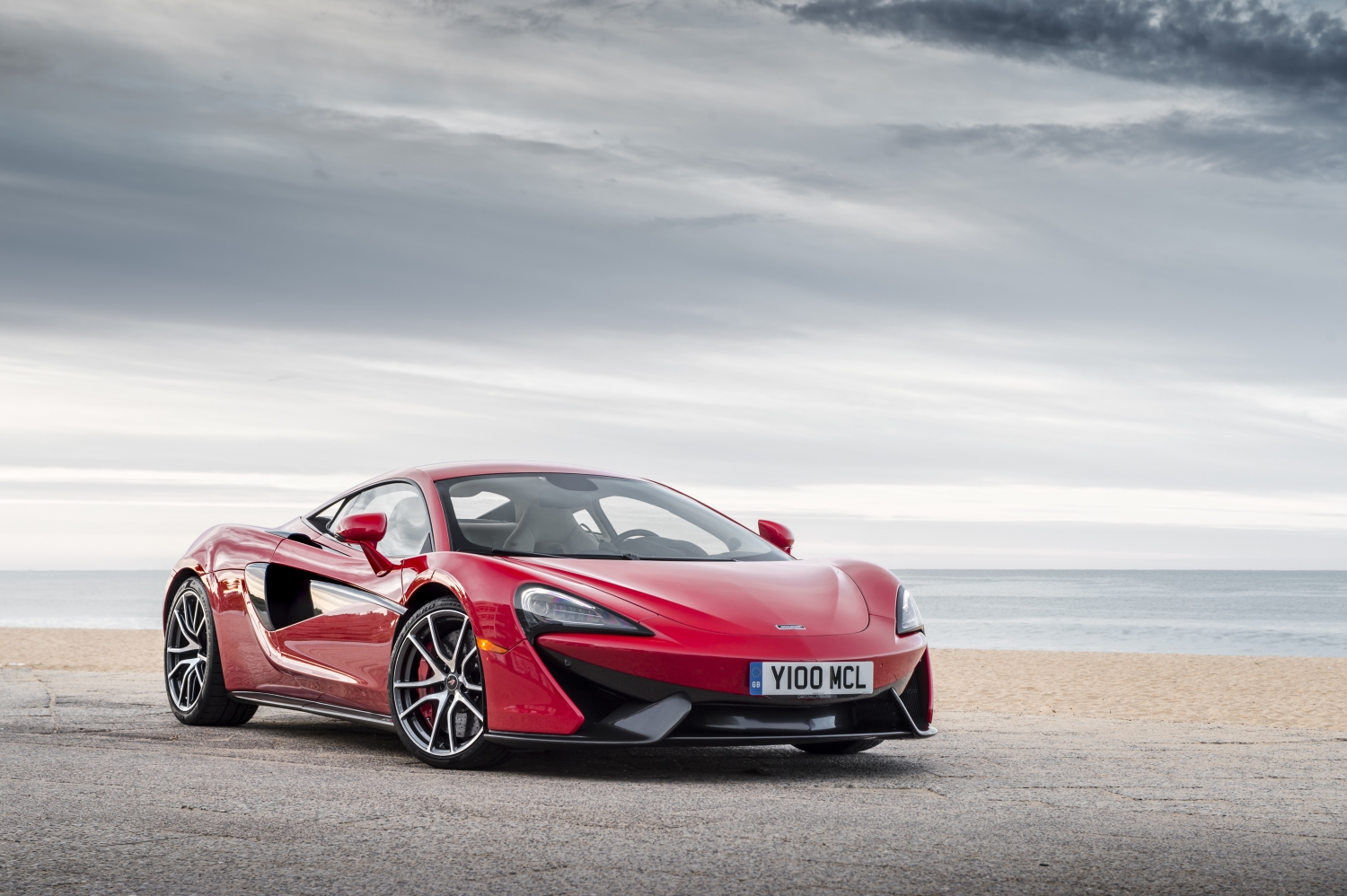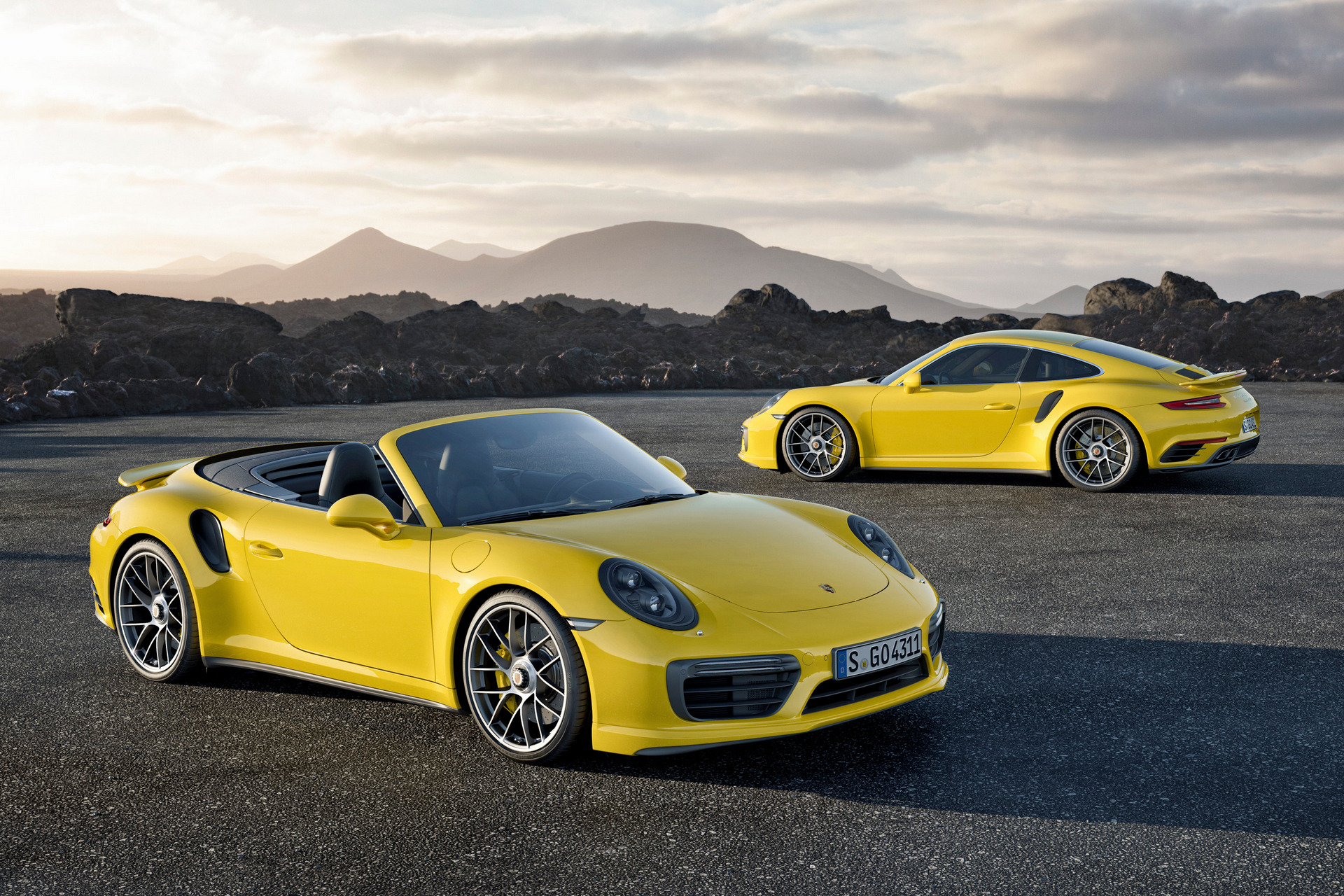Check out Carrrs Editors’ Choices for the best sports cars of 2016, as we think these are the best sports cars available today. We have categorized them by price into four different groups: sports cars, premium sports cars, exotic sports cars, and supercars. And finally, we have chosen the best for each nomination.
Sports Cars
Chevrolet Corvette Stingray
Recommended retail price (MSRP) starts from $55,400
Stingray is a perfect driving machine, born from brilliant engineering and precision performance. Its aggressively sculpted exterior is a statement of intent; its driver-oriented cockpit is a creation of purpose. Every element of the 2016 Stingray makes it the quickest, most powerful, most refined Stingray ever made.
Stingray lives at the intersection of race-proven technology and provocative, purposeful design. Every element serves a purpose, from functional exterior vents to intelligent driver controls. With coupe and convertible options and a host of personalization options, there’s a Stingray to satisfy any driving enthusiast.
Stingray features a light, stiff space frame for optimal 50-50 weight distribution and impressive power-to-weight ratio. With the world’s fastest-acting suspension, a 6.2L LT1 V8 engine and a choice of 7-speed manual with active rev matching or available 8-speed paddle-shift automatic transmission, Stingray is a true performance.
Porsche 718 Boxster
Recommended retail price (MSRP) starts from $56,000
The launch of the new 718 Boxster generation represents the first time since the late 1960s that Porsche is implementing sports cars with four-cylinder flat engines again since the end of the 1960s. Turbocharging significantly boosts torque. The two-litre engine of the 718 Boxster has a maximum torque of 380 Newton metres (gain of 100 Newton metres), which is available from 1,950 rpm to 4,500 rpm.
Thus, the new 718 Boxster models sprint even faster. The 718 Boxster – with PDK and the Sport Chrono Package – sprints from zero to 100 km/h in 4.7 seconds (0.8 seconds faster). The 718 Boxster S with the same equipment completes this discipline in 4.2 seconds (0.6 seconds faster). The top speed of the 718 Boxster is 275 km/h. In the 718 Boxster, the four-cylinder flat engine with PDK has a NEDC fuel consumption figure of 6.9 l/100 km (1.0 l/100 km less).
The 718 model line can be made out at first glance. The front end of the new roadster exhibits a much more sculptural form. The front has a wider and more masculine appearance. The much larger cooling air intakes at the front are a distinct exterior expression of the new turbo engine concept. The front end of the 718 Boxster is rounded out by the new design of the bi-xenon headlights with integrated LED daytime running lights. LED headlights with four-point daytime running lights are available as a new option.
Jaguar F-type
Recommended retail price (MSRP) starts from $65,000
The pulse-quickening F-TYPE Coupe is a pure Jaguar sports car. It combines effortless, exhilarating performance, instant response and precise, agile handling with everyday refinement and usability. The Jaguar supercharged 3.0 liter V6 340 hp engine delivers powerful and efficient performance.
Porsche Cayman
Recommended retail price (MSRP) starts from $52,600
Built for driving enthusiasts, the 2016 Porsche Cayman sets a new standard for performance. Using a longer wheelbase, new chassis and reduced weight compared to the 987, the third generation of this two-seater is now the third Porsche sports car to use state-of-the-art lightweight body construction technology developed by Porsche.
The current Cayman is up to 60 pounds lighter than the previous generation, depending on specific model and equipment, and when equipped with the Porsche Doppelkupplungsgetriebe (PDK) dual clutch transmission, the 275 hp Cayman has a U.S. EPA highway label fuel economy value of 32 mpg, despite an increase in power and torque over the last model. Customers longing for more power can opt for the 3.4 liter S and GTS versions, while the new top-of-the-line Cayman GT4 utilizes a 3.8 liter, 385 hp engine adopted from the 911 Carrera S, as well as brakes and front suspension from the 911 GT3.
Premium Sports Cars
Jaguar F-type R
Recommended retail price (MSRP) starts from $103,600
With soaring performance, the F-TYPE R Coupe offers outstanding levels of dynamic capability and control. Its 5.0 liter supercharged V8 engine produces 550 horsepower, accelerating from 0-60 mph in just 3.9 seconds.3 The F-TYPE R features Instinctive All Wheel Drive®, an Electronic Active Differential, Jaguar Super Performance Braking System, and Sport Suspension with Adaptive Dynamics.4
Mercedes-AMG GT S
Recommended retail price (MSRP) starts from $129,900
The all-new 2016 Mercedes-AMG GT S is an achievement of intense passion and beauty for the senses: breathtaking performance, scene-stealing looks, and a growl that intimidates the road itself.
Born on the racetrack by the AMG engineers in Affalterbach, it features an all-new AMG 4.0-liter V8 biturbo engine and a 7-speed dual-clutch transmission, delivering a 0-to-60 time of 3.7 seconds (preliminary). Low bodyweight and lightning-fast power transfers mean cornering is thrillingly sharp, with the Mercedes-AMG GT S setting new standards for precise, dynamic performance.
The interior is the next expression of our “aviation design” theme, featuring a powerful wing-like dashboard, four central spotlight-style vents and a dominant center console. And everywhere you look and touch, the finest materials and craftsmanship exude the quality and exclusivity that only Mercedes-AMG can provide.
Porsche 911
Recommended retail price (MSRP) starts from $89,400
Since its introduction in 1963, the Porsche 911 has provided the ultimate pairing of performance and practicality among the world’s sports cars, a vehicle that can be driven daily on the road and enjoyed during weekends at track events. The seventh generation of the 911 demonstrates this in convincing fashion.
In short, the seventh-generation Porsche 911 is longer, lower, has a wider front track and is loaded with state-of-the-art features: a new rear axle design to improve dynamic precision and stability, a new electro-mechanical power steering system, Porsche Torque Vectoring (PTV), enhanced Porsche Active Suspension Management (PASM) and enhanced dynamic engine mount technology. The result raises the bar in driving dynamics with even more sure-footed tracking and roll stability.
The Porsche 911 continues to exemplify the automaker’s commitment to the Porsche Intelligent Performance philosophy – improved performance using less fuel with increased efficiency and reduced emissions. The new 2017 911 Carrera, Carrera 4 and Targa models are a prime example of this. Powered by a new, highly efficient 3.0 liter twin turbo flat-six engine, they offer significantly more torque than their naturally aspirated predecessors, bringing performance to a higher level than ever before.
Porsche Cayman GT4
Recommended retail price (MSRP) starts from $84,600
Capable of lapping the North Loop of the Nürburgring in 7 minutes and 40 seconds, the GT4 embodies the most passionate connection between everyday usability and track-bred performance within the Cayman model range. The Cayman GT4 also underscores Porsche intentions to continue to promote uncompromised two-door sports cars in the future – sports cars that are developed by the motorsport department in Weissach.
Although the engine, chassis, brakes and aerodynamics of the Cayman GT4 are configured for maximum peformance, the Cayman GT4 still retains the versatility that is typical of a Porsche. It is powered by a naturally-aspirated 3.8-liter flat-six engine with 385 hp, which was derived from the 911 Carrera S. This engine is mated exclusively to a six-speed manual transmision. The Cayman GT4 accelerates from zero to 60 miles per hour in 4.2 seconds and reaches a top track speed of 183 miles per hour while achieving an EPA-rated 23 mpg on the highway.
The front suspension, the PASM (Porsche Active Suspension Management) adaptive damping system and the brakes are all made up almost entirely of components taken from the 911 GT3. All features that improve the car‘s driving dynamics such as Porsche Stability Management (PSM), Porsche Torque Vectoring (PTV) with a mechanical rear differential lock and dynamic transmission mounts are tuned towards particularly high performance. The GT4 is clearly distinguishable from other Caymans. Three pronounced air intakes in the front fascia and a large fixed rear wing signify an aerodynamic design that is crafted towards optimal downforce and cooling. Additionally, the Cayman GT4 can be equipped with a PCCB ceramic brake system including 410 mm front rotors, full bucket seats made of carbon fibre reinforced plastic (CFRP) and a Sport Chrono Package with Track Precision App.
The Cayman GT4 is fitted with 2-way Sport Seats Plus upholstered in leather and Alcantara that offer very good lateral support. The new GT4 sport steering wheel guarantees precise control and communicative feedback.
Exotic Sports Cars
Ferrari 488GTB
Recommended retail price (MSRP) starts from $242,737
The Ferrari 488 (Tipo F142M) is a mid-engined sports car produced by the Italian sports car manufacturer Ferrari, introduced in 2015 to replace the previous 458. It is powered by a 3.9-litre twin-turbocharged V8, smaller in displacement and higher in output than the naturally aspirated engine it supersedes.
The 488 GTB is powered by a 3,902 cc (238 cu in) all-aluminium dry sump unit of the Ferrari F154 engine family. Turbocharged with two parallel ball-bearing twin-scroll turbochargers supplied by IHI and two air-to-air intercoolers, the compressor wheels are made of low-density TiAl alloy often used in jet engines to reduce inertia and resist high temperatures within the turbocharger. The engine produces 670 PS (493 kW; 661 hp) at 8,000 rpm and 760 N·m (561 lb·ft) of torque at 3,000 rpm. This results in a specific power output of 126.3 kW (171.7 PS; 169.4 hp) per litre and specific torque output of 194.8 N·m (144 lbf·ft) per litre, both records for a Ferrari car.
The only available transmission for the 488 is an automated manual dual-clutch 7-speed F1 gearbox manufactured for Ferrari by GETRAG, based on the gearbox used in the 458.
The body of the 488 has been designed to increase downforce by 50% over the 458 while reducing aerodynamic drag. A new front double splitter increases radiator cooling while a newly designed blown rear spoiler (actually a slotted flap) integrated into the rear decklid and bumper increases downforce without requiring a raised wing. The central “Aero Pillar” deflects air under the flat body of the car while two vents in the bonnet provide an exit for air from the dual intakes of the front bumper, further reducing air pressure over the front of the car.
Lamborghini Huracán
Recommended retail price (MSRP) starts from $203,295
There is nothing from the past that rivals the technology of the new Huracán, which comes together in a perfect car that seems straight out of the future.
The first thrill you get will be looking at it. Sharp, aerodynamic lines designed to fend the air and tame the road. The second thrill will be when you touch it. The finest Italian craftsmanship lavished on the luxury finishing of unprecedented prestige and high quality. The third thrill will be when you press the ignition button and feel what it means to have a naturally aspirated V10 behind you. The last thrill will come from the light, when the 12,3”TFT dashboard beckon you into an incomparable driving experience.
Real power is having control over power. On one hand, there is the adrenalin of 610 CV (449 kW), 560 Nm, 325 km/h and acceleration from 0 to 100 km/h in 3.2 seconds. On the other hand, there is all the technology and the control in the electronically controlled AWD drive system, the mid-mounted naturally aspirated V10 engine and the Lamborghini Doppia Frizione (LDF) 7-speed dual clutch gearbox.
The entire cockpit was designed starting from the driver itself. The “form follows function” principle was applied diffusely in the interior, e. g. the integration of the main display in the instrument cluster gave the possibility to design a thin “bridge” center console, with a mobile phone holder below.
The standard sport seats include a standard electric backrest and longitudinal adjustment. Further, the customer may choose the convenient optional full-electric control for height, tilting and length adjustments, including seat heating.
McLaren 570S
Recommended retail price (MSRP) starts from $184,900
The McLaren 570S is a sports car designed and manufactured by McLaren Automotive. It was unveiled at the 2015 New York International Auto Show. McLaren predicts the model will help triple the company’s sales volume by 2020.
The car is to be powered by a new iteration of the 3.8-litre twin-turbocharged V8 engine already used in the McLaren 650S and P1, designated M838T E with thirty percent of the parts redesigned. Arranged in the car as a rear-mid engine configuration, it will deliver 562 brake horsepower (419 kW) through a 7-speed dual-clutch gearbox. A total weight of 1,313 kilograms (2,895 lb) gives the 570S a power to weight ratio of 428 brake horsepower (319 kW) per tonne, delivering a fuel economy of 25.5 miles per imperial gallon (11.1 L/100 km; 21.2 mpg-US) and CO2 emissions of 258 g/km.
McLaren focused on delivering “day-to-day usability and driveability” against the most sporting model options in its range with increased luggage space, greater interior storage and leather upholstery options.
Porsche 911 Turbo S
Recommended retail price (MSRP) for 911 Turbo S starts from $ 188,100 and for 911 Turbo S Cabriolet starts from $200,400
The top models of the 911 model series – the 911 Turbo and 911 Turbo S – now boast 15 kW (20 hp, 911 Turbo: Combined fuel consumption 9.1 l/100 km, CO2 emissions 212 g/km, 911 Turbo Cabriolet: Combined fuel consumption 9.3 l/100 km, CO2 emissions 216 g/km) more power, a sharpened design and improved features. The models will be available in both coupe and convertible versions from the start. The bi-turbo six-cylinder engine in the 911 Turbo with 3.8 litres of displacement now has a power output of 397 kW (540 hp). This power gain was achieved by modified inlet ports in the cylinder head, new injection nozzles and higher fuel pressure. The 911 Turbo S now develops 427 kW (580 hp) thanks to new turbochargers with larger compressors. Porsche is still the only manufacturer to utilise turbochargers with variable turbine geometry in petrol engines.
The engines now also have what is known as a dynamic boost function to further improve engine response in dynamic operation. It maintains the charge pressure during load changes – i.e. when the accelerator pedal is released briefly. This is achieved by just interrupting fuel injection, whereas the throttle valve remains open. As a result, the engine reacts with practically no delay to another press of the accelerator pedal. The effects of this function are more pronounced in the Sport and Sport Plus modes than in Normal mode.
Overall, the new high-performance sports cars attain breathtaking driving performance, while fuel consumption is reduced even further. The 911 Turbo S Coupé sprints to 100 km/h in 2.9 seconds. Its top speed of 330 km/h is twelve km/h higher than before. The 911 Turbo reaches the 100-km/h mark in 3.0 seconds, and its top speed is 320 km/h – five km/h faster than the previous model. Nevertheless, the coupes only consume 9.1 l/100 km, and the convertibles 9.3 l/100 km. This represents 0.6 litres less fuel per 100 km for all versions. The reason for this is further advanced electronic engine and transmission management with revised gear change mappings.
Supercar
Lamborghini Aventador
Recommended retail price (MSRP) starts from $400,995
Built in Italy. Just arrived from the future. Lamborghini has a history of revolutionary thinking. Whether in terms of design, like the iconic scissor doors. Or in terms of technology such as the V12 engine and carbon-fiber technology. A key aspect of our design philosophy demands that every Lamborghini must be instantly recognizable as such.
For more than 40 years, the history of Lamborghini has also been the history of legendary V12 engines. Handcrafted in Sant’Agata Bolognese, naturally balanced and installed in a central, longitudinal position, they relentlessly power the Lamborghini legend and represent the driving force behind our cars and our brand.


